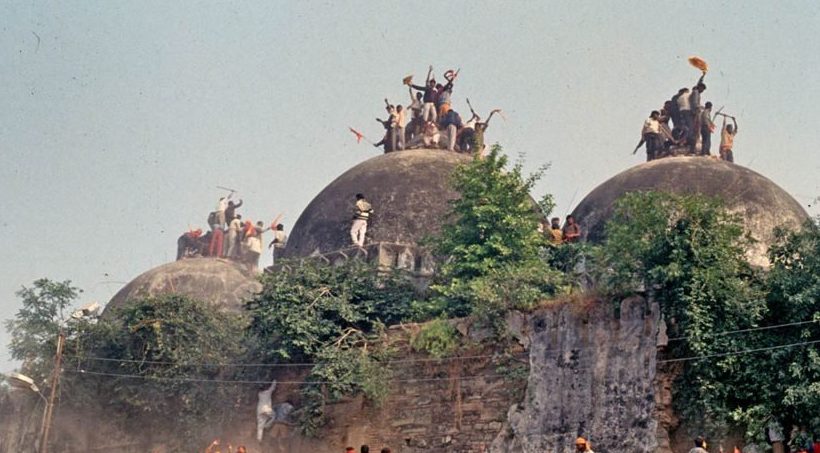
Ayodhya mediation route could be win-win situation for all

In 1859, seven years after Hindus and Muslims rioted in Ayodhya over the ownership of a shrine on a hill referred to as Ramkot, the British made the first attempt at mediation. To restrain both the communities from spilling blood over the disputed site, the British built a fence around the structure. As part of the temporary truce, Muslims were allowed to use the inner sanctorum, Hindus were permitted to use the outer court.
On March 8, almost 160 years after the failed armistice that was to later divide the country and leave a trail of blood and gore, the Supreme Court of India on Friday initiated another process of mediation between Hindus and Muslims claiming ownership of the disputed site. It announced a three-member committee that would speak to the Nirmohi Akhara, Sunni Wakf Board and parties representing Ram Lalla — the deity of the shrine according to the Hindus — to see if the matter can be resolved out of court.
On the continuum of time, 160 years is a long time to start the process of negotiation —and that too whose outcome is in the realm of unknown and may well turn out to be an exercise in futility. Yet, the apex court needs to be lauded for taking a decisive step forward— making an honest attempt to bring all sides to the negotiating table.
The choice of mediators is heart-warming. A retired justice of the Supreme Court — a Muslim, it has to be pointed out, a Hindu spiritual guru and a legal luminary is just the right balance of jurisprudence and faith, the two subjects that would dictate the parleys. Early reactions to the decision show widespread acceptability of the committee comprising Justice (retd) FM Ibrahim Kalifulla, Art of Living founder Sri Sri Ravishankar and senior lawyer Sriram Panchu for their acceptance across the socio-cultural and legal divide. This faith in the committee is an early victory for the SC, in accordance with the dictum that well begun is work half done.
A negotiated settlement is exactly what the country needs, especially in the current political environment. At a time when the Hindutva forces are trying to assert themselves—a development that has led to angst and insecurity among Muslims—a verdict, however fair, favoring one of the litigants would have only raised the communal temperature in the country. In a dispute whose genesis is faith and religious identity, a legal solution just wouldn’t have worked. India has seen a lot of bloodshed, endured wounds that are yet to heal, because of the dispute. A decision forced top downwards would have had the potential to start a new round of violence.
In 2010, the Allahabad high court had ordered a three-way division of the disputed land—measuring around 2.77 acre—between the three parties. That solution may have been viable but for the fight over ownership of the strip of land where a mosque was built by Babar’s general Mir Baqi in 1528 and later razed by kar sevaks in 1992. The fact that every single inch of Ramkot is disputed and no party, like the Kauravas in Mahabharata was willing to cede land equivalent to the eye of a needle, would have also helped the SC rule in favour of a negotiated settlement.
As Sri Sri pointed out in a tweet soon after the SC verdict: “Respecting everyone, turning dreams to reality, ending long-standing conflicts happily and maintaining harmony in society – we must all move together towards these goals.” Since representatives of Ram Lalla (the deity is considered a minor and is always represented by some other party) were not in favour of mediation, the SC decision may frustrate them. For the Hindutva brigade, an outright legal victory would have been a godsend in the run-up to the election. But, eight weeks of negotiation mean the issue would be on the backburner till Indian elects its new government, something we should be grateful for in a season of divisions and fake binaries.
In fact, the SC decision may be a blessing in disguise for the BJP since it allows the party to claim that at least efforts to solve the dispute have started under its watch. Its strident supporters would of course argue that if negotiation was the only way forward, what exactly was the point of the various rounds of kar seva during the 90s that culminated in the structure’s demolition. But, as the SC rightly pointed out, the country can’t remain a prisoner of the past, it has to move on.
Look at it from any angle, the SC verdict is a win-win proposition for everyone. After 160 years, there is finally hope for peace on Ayodhya in our times.


